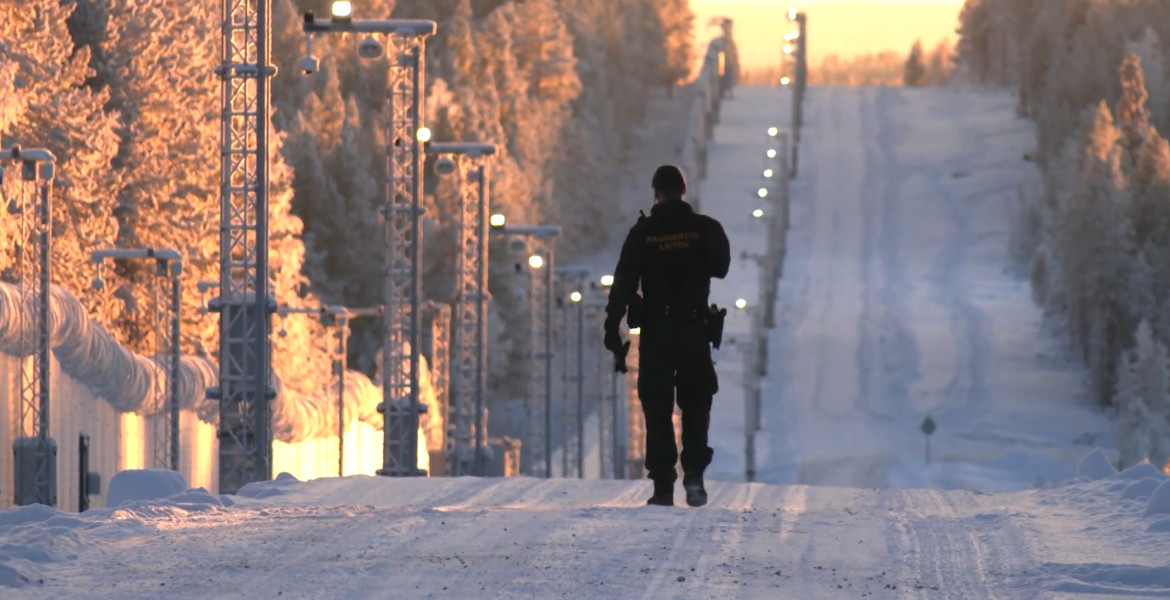The Finnish Minister of Education, Anders Adlercreutz, has proposed a new piece of legislation that would allow high schools in Finland to offer both a curriculum and a final matriculation exam in English. If approved by parliament, the reform could take effect by the autumn of 2026, with the first English-language matriculation exams anticipated by 2028.
Currently, students in Finland complete the matriculation exam in either Finnish or Swedish, with limited options for those who lack sufficient skills in either language. The proposed English-language option by Anders Adlercreutz, Minister of Education, would offer an alternative for international students and families moving to Finland for work.
– We are expanding the languages available from two to three, and along with that, by application, high schools will also be able to give the high school curriculum in English, Adlercreutz explained.
The demand for more English-language secondary education has been due to what some perceive as a persistent bottleneck in Finland’s educational system, which leaves some 16-year-olds, particularly in Helsinki, with few secondary education options in English. Last year, approximately 100 students in Helsinki completed English-language schooling, with 175 completing bilingual Finnish-English programs at the basic education level. However, when students transition to secondary education, options become scarce.
Shwetha Ariyadka, a postdoctoral researcher who moved to Helsinki from India with her 15-year-old son, shared her family’s struggle to find accessible upper secondary options. Her son, despite a solid academic record, lacked the grades to qualify for highly competitive English-language high schools and was not yet proficient enough in Finnish for standard Finnish-language options.
– This will decide your entire future, Ariyadka said. Her son now adapts to a vocational program taught primarily in Finnish, but the family still struggles with integrating in Finland.
Educational experts and city officials expressed support for the proposed changes. Tarja Aro-Kuuskoski, head of Upper Secondary Education for the City of Helsinki, noted that the reform would help meet a growing demand.
– The City of Helsinki sees these English-speaking, not yet Finnish- or Swedish-speaking students, as an asset, says Aro-Kuuskoski.
However, implementing an English-language curriculum and exam presents logistical challenges. Tiina Tähkä from the Matriculation Examination Board described the potential workload involved in translating curriculum materials and exams into English.
– It’s going to be quite a lot of work, she said. There’s a growing population of adolescents who don't know enough Finnish or Swedish to attend compulsory upper secondary education. For them, this opportunity is vital.
Some government officials have expressed concerns about the long-term impact of increasing English-language education options. Ari Koponen, vice-chair of the parliamentary Education Committee and a member of the Finns Party, supports the proposal but warns of potential risks to the role of Finnish as the language of instruction.
– The English-language matriculation exam should not be expanded further for Finnish- or Swedish-speaking students, says Koponen.
Adlercreutz, however, expressed confidence that his proposal will succeed thanks to the coalition support within the current government.
According to the Helsinki Region’s Chamber of Commerce, the initiative to make Finland’s educational system more accessible to foreign families is a crucial step for Finland’s workforce development and economic growth. Director Markku Lahtinen highlighted the importance of looking beyond just the foreign workers to also consider their families’ needs, calling the lack of family-centered support an “insane strategy” in a competitive global job market.
– There has been a clear demand for this [reform], Adlercreutz says, as he believes it could serve to make the country a more attractive destination for foreign professionals and their families.





